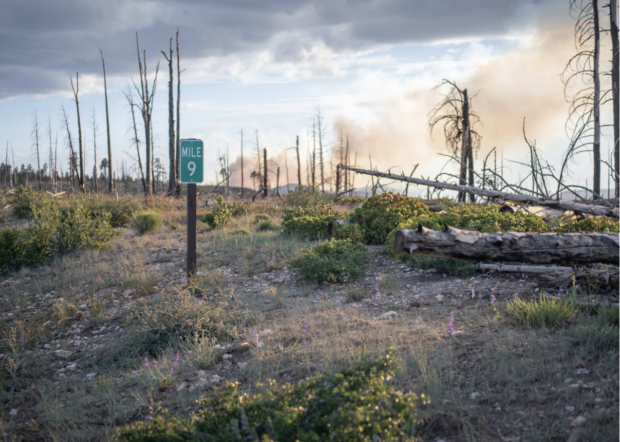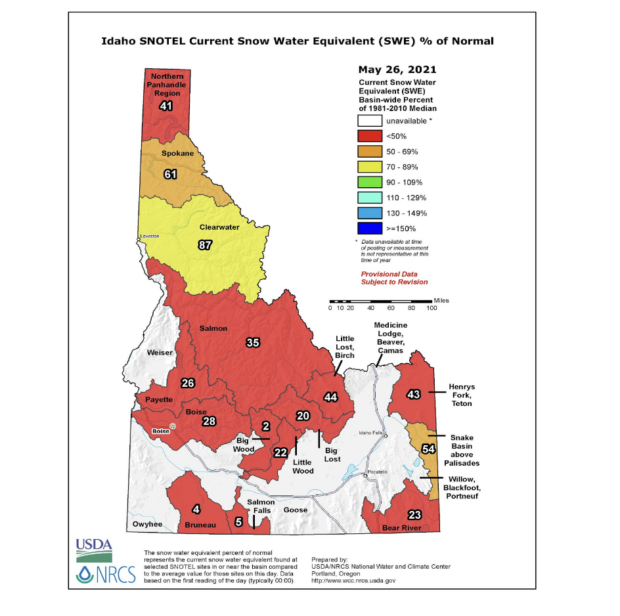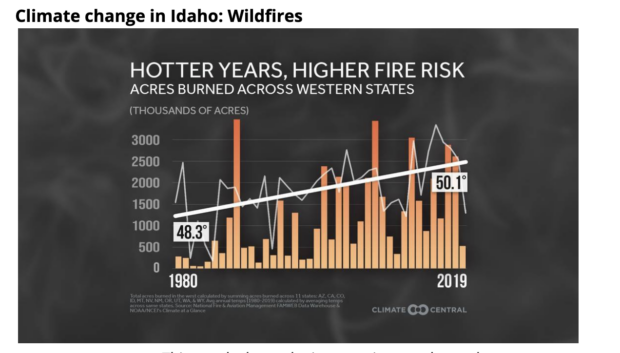Misha Smith’s sixth-grade class at Hawthorne Elementary has been working on a year-long inquiry project where they chose to investigate the following question: How is climate change affecting the biodiversity of the Treasure Valley, and what can we do to reduce the negative effects? Her students spent the year learning about climate change and the impacts on Idaho through field trips, guest speakers, reading articles and reports, and studying charts and graphs.
Part of the inquiry process was to educate others by writing argumentative articles informing others about climate change in Idaho. Students peer reviewed each other’s papers and selected two to be shared with their school community, the newspapers, and our local legislators. Here is Aileen Gurr’s article.

What is Climate Change?
Climate Change is, to put it simply, what describes a change in temperature from the average conditions over a long period of time. Other than that climate change is caused by multiple things but mostly large carbon dioxide emissions from burning fossil fuels and other gasses like methane. Small amounts of these gasses can be and are good for our world, in fact without these chemicals the ozone layer (the layer in the sky keeping oxygen from leaving our planet) will disappear or shatter.
Climate change in Idaho: Snowpack
One of the major effects of climate change in Idaho is the lack of snowpack in various areas. Since the 1950’s, Idaho’s snowpack has been decreasing in most locations. Diminishing snowpack will shorten the skiing season along with other types of winter recreation, which will cause a major decrease in recreation industry’s income as stated in the EPA’s article “What Does Climate Change Mean for Idaho?”. Some people might say that this year’s snowpack has actually increased from previous years. However, I disagree. Yes, the snowpack this year is higher than other years but if you look at the low snowpack years from the 80s for example, those years would now be seen as high snowpack years today.

Source: USDA This chart shows the snow to water equivalent decreasing in Idaho from May 26, 2021.
Source: Idaho 6 News This graph shows the increase in acres burned across western states since the 1980’s.
Additionally, the increasing number of wildfires in Idaho is caused by the changing climate in Idaho. In the climate impact report “Idaho at a Glance” the University of Idaho states that wildfires have killed millions of acres of trees across Idaho. All of these disturbances are expected to increase with climate change. This is because trees act like carbon vacuums, and they take carbon and store it inside. When a forest burns down, it acts like a carbon bomb. People may argue that if the amount of wildfires was increasing they would notice. Now, this might just be me but have you ever noticed how over the years, the smoke season in Idaho has only increased? Without wildfires there wouldn’t be a smoke season.
What can our state government do to reduce climate change?
Despite how badly climate change is affecting our earth, it’s not too late to change! One way Idaho’s state government can alter and change the future is by planting more native plants and trees. Think about areas lacking in trees and wildlife, like the freeway. There is tons of extra space between roads, meaning tons of space for trees. This not only will help the environment but also makes the area look more welcoming. Laws can also have a similar effect. Banning single use plastic will not only reduce the amount of trash found in Idaho, but also help the environment and make the streets cleaner.
What can citizens do about climate change?
You can start now to make a change too! You can learn about the native and invasive species in Idaho and then plant the natives and remove the invasive species. Instead of driving, you could walk or ride a bike. Not only is this a planet-safe way of transportation, it’s also good for you. If you can’t walk or ride a bike then you can carpool or take public transportation. When carpooling, you’re actively reducing carbon emissions by at least one car.
Climate Pledge
Here are some things I’m going to do to help the climate.
- Inform others of climate change and how to help
- Plant native plants and remove invasive species
- Eat less meat
- Bike and use public transportation
- Turn off electronics when I’m not using them
- Take cold showers and short showers
Now enough about what I’m doing, how will you change your daily life to fight climate change?

